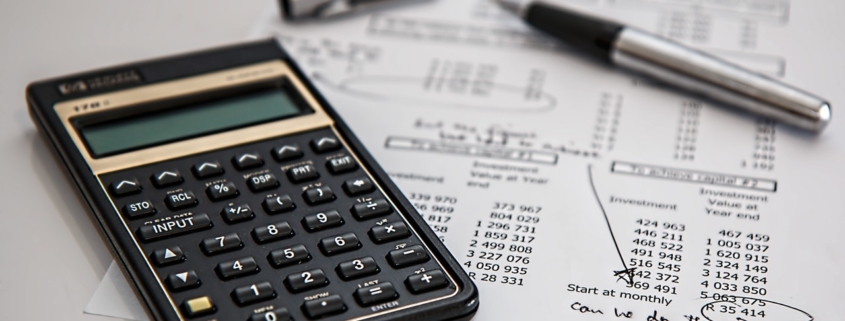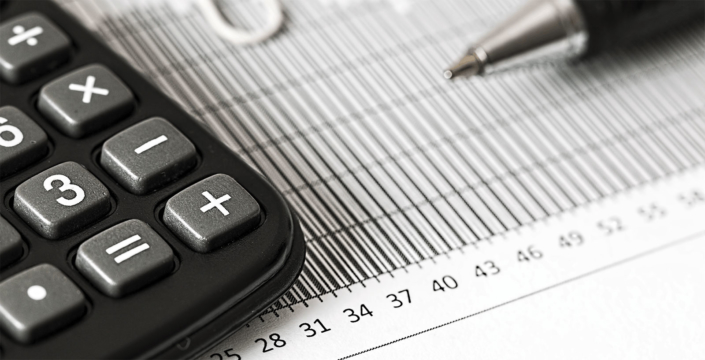Blog | All Posts | All Topics
What is a Cash Flow Statement?
Cash flow is a buzzword that gets thrown around a lot — but do you actually know what it means? Cash flow measures the money coming in and out of your business and can provide a good snapshot of your organisation’s financial health. It’s different from profit, which tracks the revenue that remains when all expenses are distracted.
A cash flow statement (CFS) is a record of your cash flow at a given point in time. It tracks many different types of cash and cash equivalents and benefits everyone from executive staff to investors. Read on to learn more about why a CFS is an essential part of bookkeeping for professional services.
What is a Cash Flow Statement?
Your cash flow statement is different from other regular reports like the balance sheet or income statement. Key tenets of a CFS include:
- Covers a set period of time
- Tracks cash movements
- Measures increases and decreases in cash
- Starts with net income and ends with cash balance
A CFS covers three main areas of your finance activities. These are: operating cash flow, investing cash flow, and financing cash flow.
The operating section of your cash flow statement records things like salary payments and overhead costs associated with the sale of your product. Your investing activities include the cash flow generated from the acquisition of long-term assets or selling investments like real estate or patents. The financing portion of your CFS will track cash from investors or banks, including cash from a loan.
How Do Businesses Use Cash Flow Statements?
Cash flow statements are a vital part of financial analysis. Your organisation can use your CFS in a few key ways. Your may find these reports useful for:
- Determining your current solvency. You can look at a cash flow report to see if you have enough cash on hand to cover your current bills. If you complete a monthly cash flow statement, you can spot trends and notice negative cash flow sooner rather than later. If you’re unclear about your current ability to cover liabilities, an accurate CFS is a good place to start.
- Reviewing historical data. Cash flow statements can also be used to see where your money went. Not sure where you’re overspending by a tonne? An itemised CFS tells you. You can also review cash flow over a period of time, which may help you pinpoint where you started to spend a lot more money.
- Projecting for the future. Your cash flow summary also helps you plan for the future. How much more cash do you need to bring in each month? Do you need to cut back on overhead costs to afford more real estate? A cash flow statement can be a key piece of a planning strategy. If you have negative cash flow over a period of time, you are less likely to be approved for loans or attract a buyer.
Based on what your cash flow statement reveals, you may need to change the way you handle your invoicing process and other activities associated with collecting cash. Outstanding debts are detrimental to cash flow.
Structure of a Cash Flow Statement
Your organisation can lay out your cash flow statements based on your unique needs, but there are a few pointers to keep in mind. In order for your statement to be as beneficial as possible, you want to make sure the form includes several essential components.
- Divide the CFS by cash coming in and cash going out. Incoming cash is usually listed at the top of the statement, with cash going out beneath it. When outgoing cash is subtracted from incoming cash, you have your current cash balance.
- Itemise incoming cash and expenses. Beneath both cash received (also called inflows) and expenditure sections, divide the cash activities more specifically. This helps you identify exactly where money is coming and going. For instance, under cash inflows, you may have sections that include: sales, accounts receivable collections, and new investments.
- Code activities by operations, investments, or finances. You may want separate sections for these types of cash flow activities.
- Denote positive versus negative cash flow. Traditionally, positive balances in cash flow are written in regular numerals, and negative balances are written in parentheses. For instance, if you gain $5,000 in sales and pay out $1,000 in repairs, you would write 5,000 under inflows and (1,000) under expenditures.
How is Cash Flow Calculated?
There are two main methods of figuring out your cash flow. One is more simplified than the other. If you are a larger company with a lot of investments and loans, an indirect method may be required. Smaller companies can choose to use the direct method to calculate their cash flow. If you need help with either method, enlisting online bookkeeping services may be a lifesaver.
Direct cash flow method
This form of cash flow is the easiest. It only requires you to add up the operational costs and subtract them from operational cash flow. The result is the net income of your business. It does not take into account any ongoing investments or outstanding accounts receivable.
Indirect cash flow method
An indirect calculation is more complicated. It considers long-term investments and financial activities. It uses an accrual basis, meaning it will track payments when the service is complete, even if you don’t yet have cash in hand. If you lodge taxes using the accrual method, you may want to use the indirect cash flow method to keep your records.
The bottom line
A cash flow statement specifically identifies what cash or cash equivalents are coming in and out of your company. These reports are necessary to lodge accurate taxes and spend responsibly — and they can inform your invoicing process and the way you spend. To get started, you’ll need to gather receipts, salary expenses, and invoices. You don’t need to analyse the numbers alone. A virtual bookkeeping service like Visory can assist with regular cash flow statements and strategic planning.







